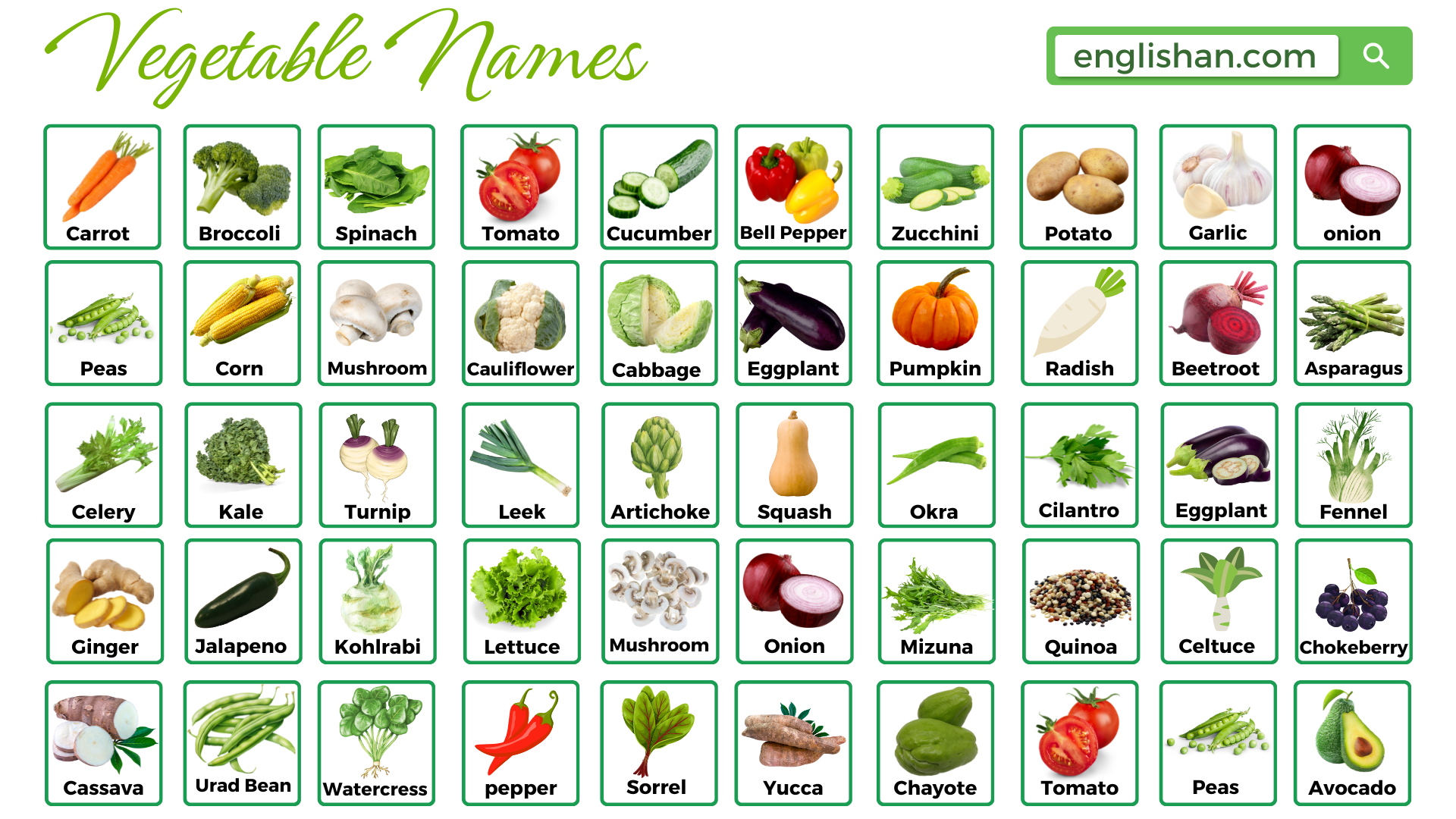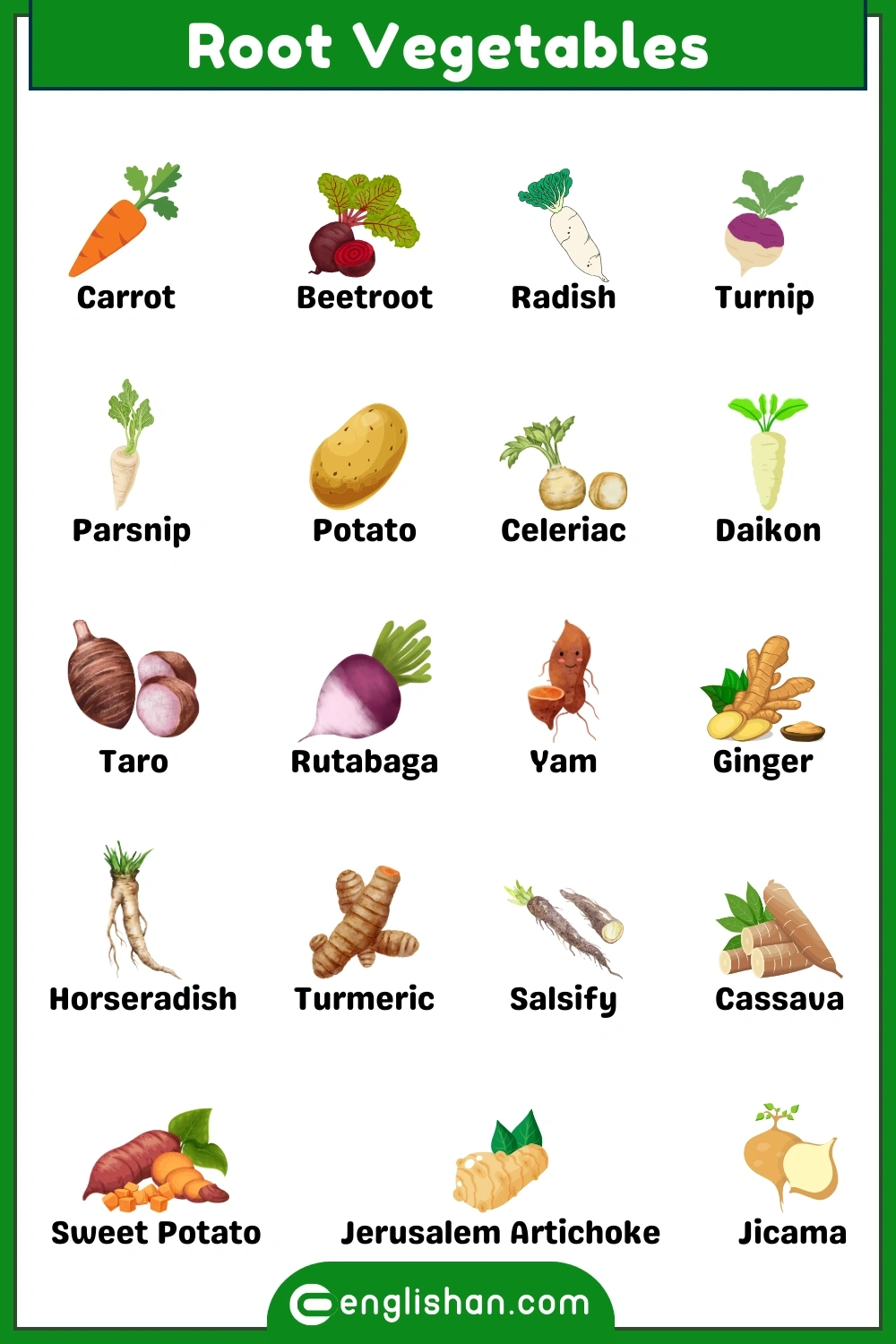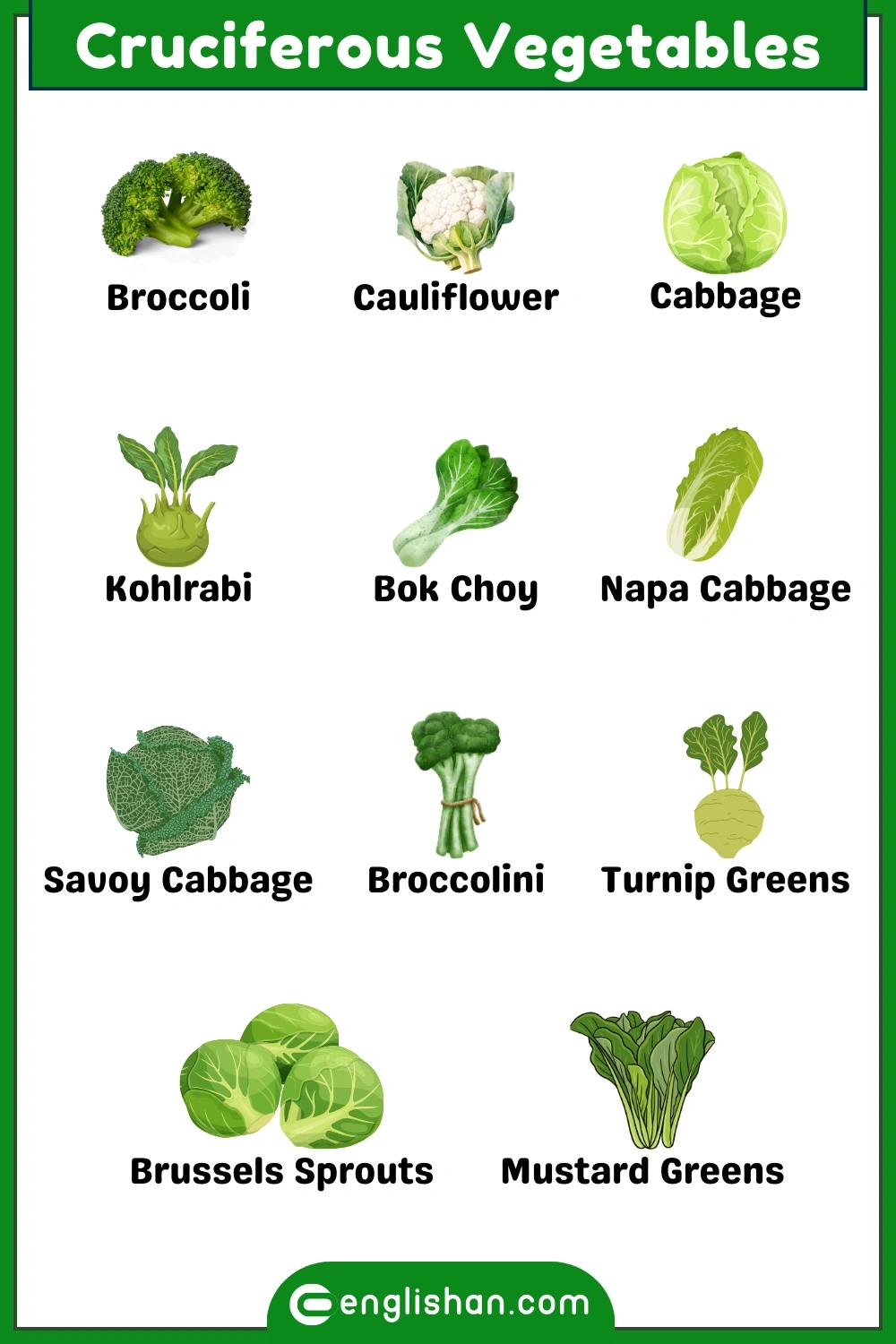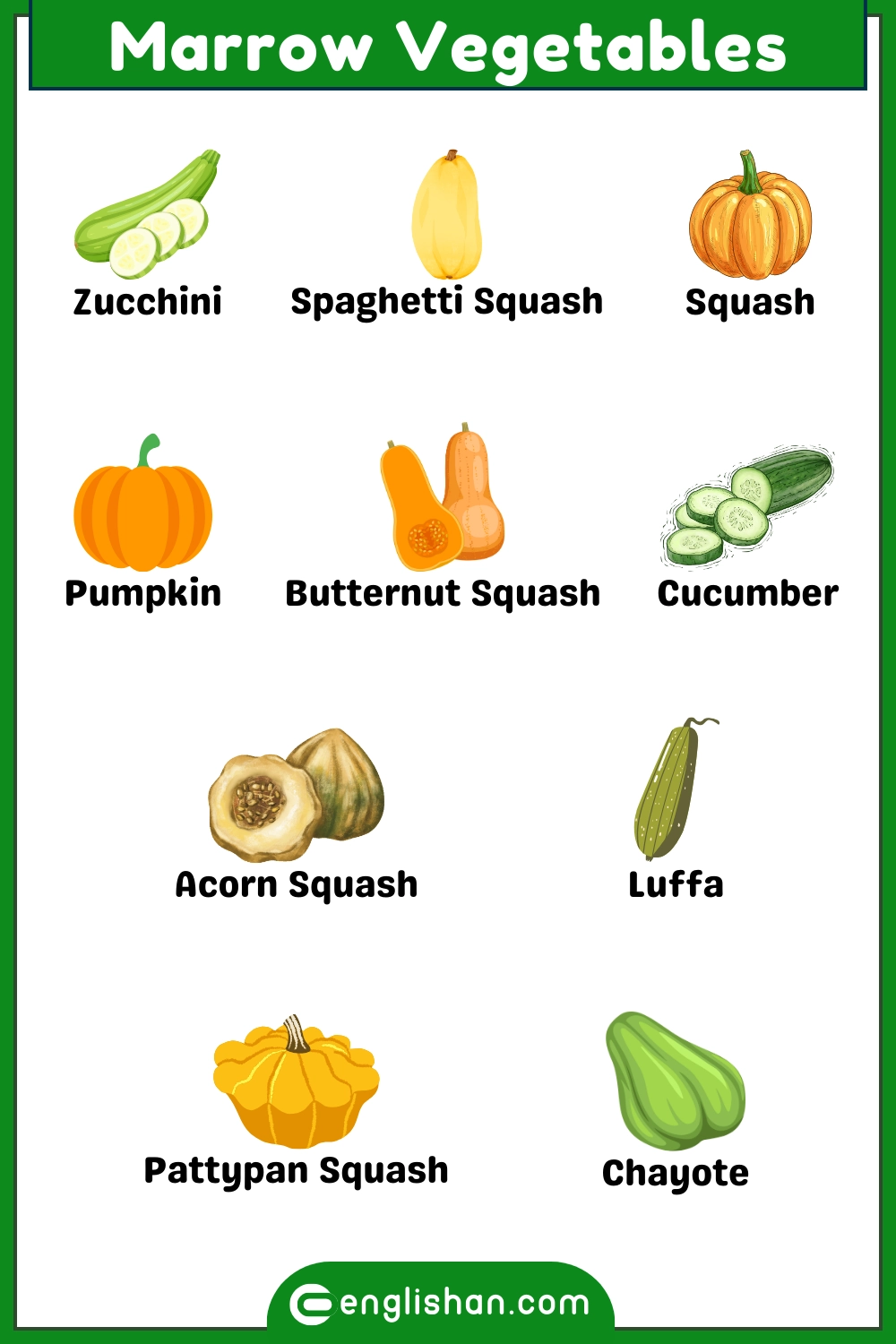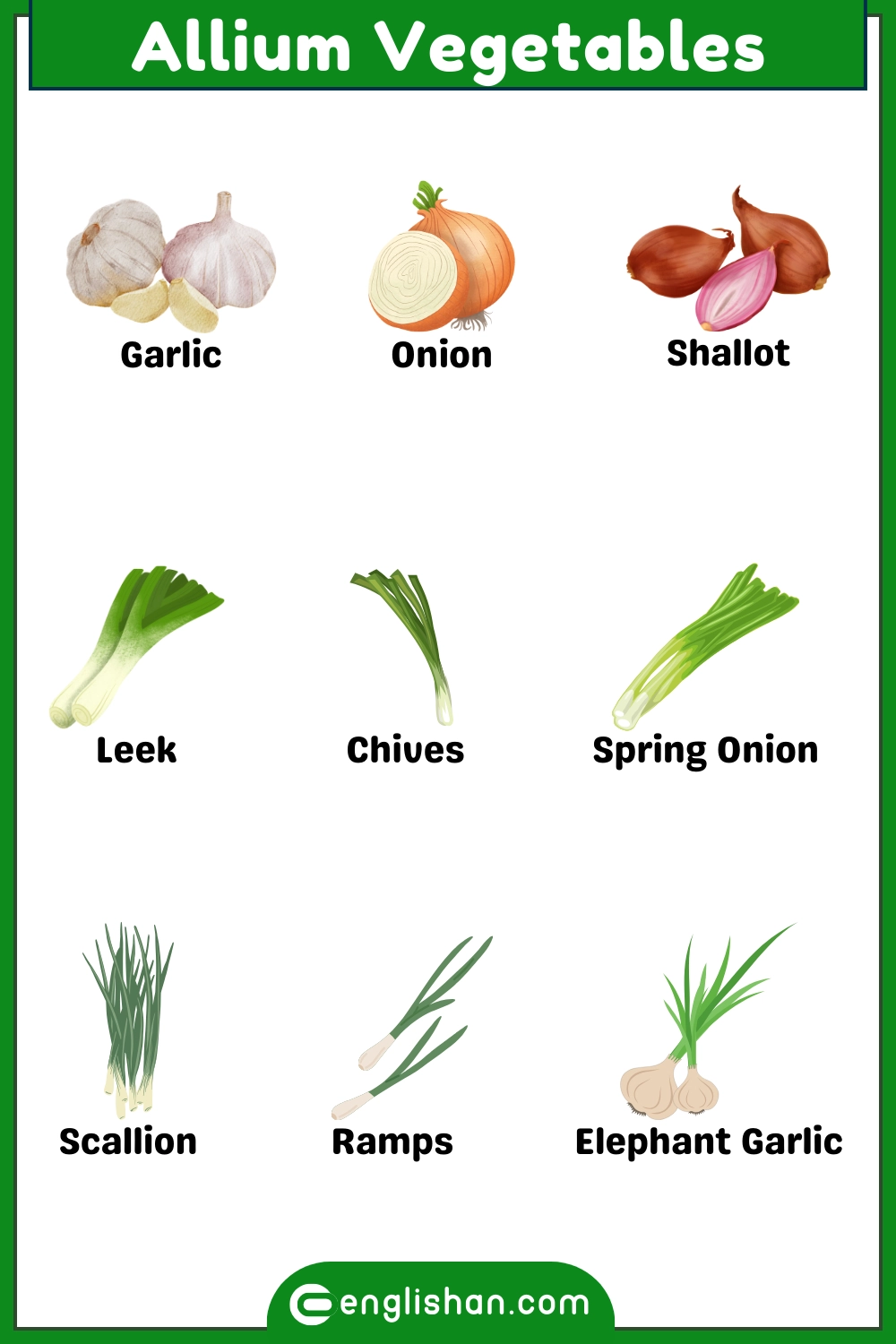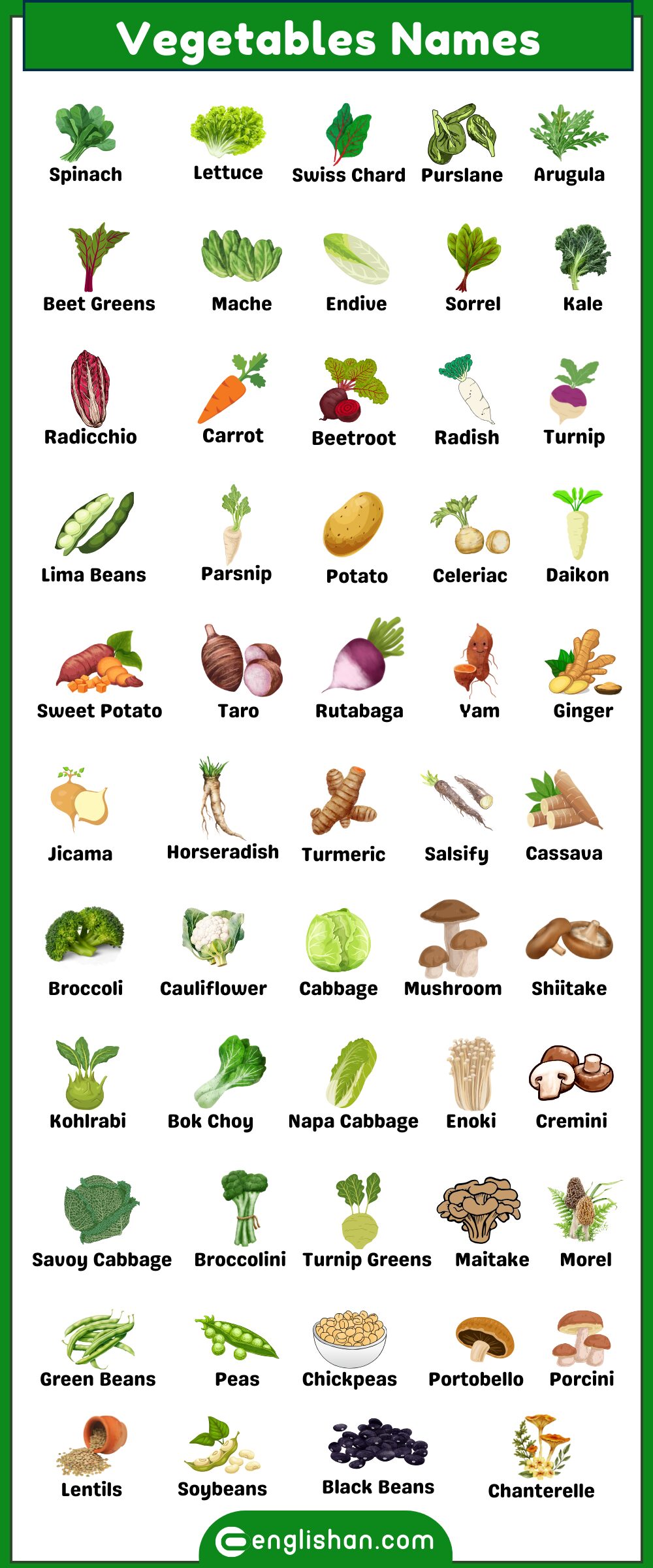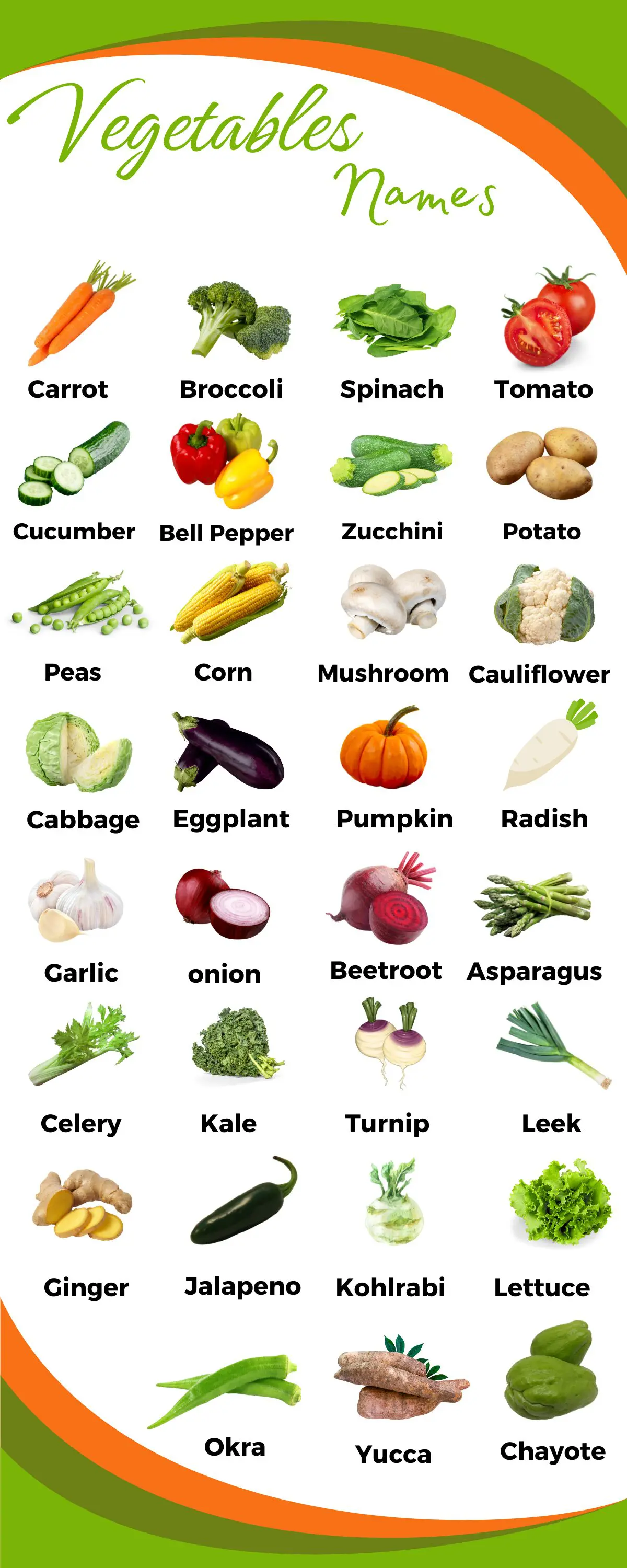Contents
In this blog post, you will learn the names of different vegetables in English. Understanding these names will help you communicate better when talking about food and meals. By mastering the vocabulary of vegetables, you will improve your English skills and be able to name the vegetables you see in the market or at home. Whether you’re learning for school or daily life, knowing these vegetable names is an important step in your language journey.
For more vocabulary on different topics, visit our Vocabulary Category.
List of Vegetables Names
Leafy Green Vegetables Names
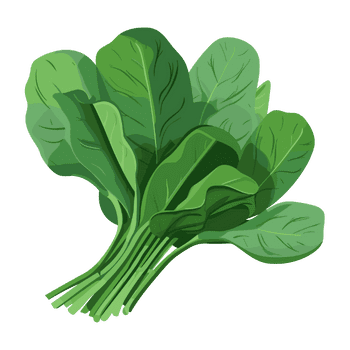
Spinach
Spinach is loaded with vitamins A, C, and K. It has a mild, slightly earthy flavor and is used in salads, smoothies, and cooked dishes. Its iron content helps improve energy levels and supports bone health.

Kale
Kale is rich in vitamins A, K, and C. Known for its slightly bitter taste, it’s often used in salads, smoothies, and stir-fries. Kale promotes heart health and is packed with antioxidants, making it a popular superfood.

Lettuce
Lettuce is light and crisp, available in various types like romaine and butterhead. It’s low in calories and high in water content, making it a refreshing addition to salads and sandwiches, with some fiber and vitamins A and K.

Swiss Chard
Swiss Chard is a colorful leafy green with slightly bitter, earthy notes. It’s a great source of vitamins A, C, and K and is often sautéed or added to soups. It promotes bone health and has anti-inflammatory properties.
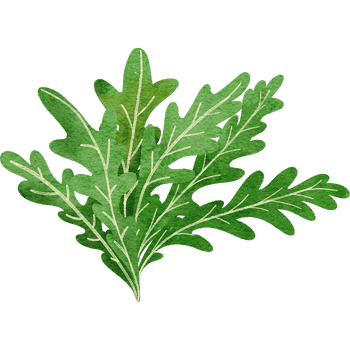
Arugula
Arugula, also called rocket, has a peppery flavor and is commonly used in salads and pizzas. Rich in calcium, potassium, and vitamins A and K, it’s excellent for bone health and adds a bold taste to dishes.
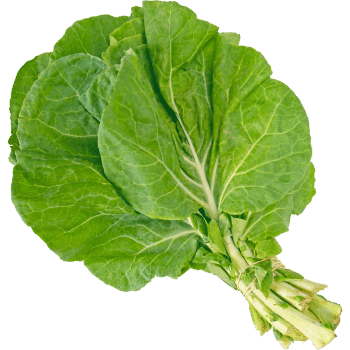
Collard Greens
Collard Greens have a slightly bitter, earthy flavor and are commonly used in Southern cooking. Rich in vitamins A, C, and K, they promote bone and heart health. Collards are usually sautéed or slow-cooked for a hearty meal.
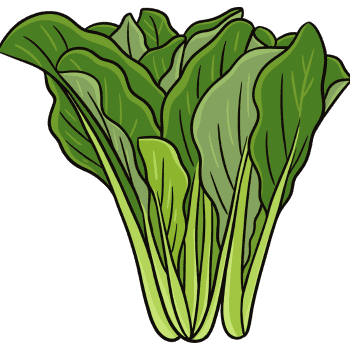
Mustard Greens
Mustard Greens offer a spicy, peppery flavor and are rich in vitamins A, C, and K. They are often used in stir-fries or soups and have antioxidant properties that support immune health and reduce inflammation.

Watercress
Watercress is a peppery, slightly spicy green often added to salads, soups, and sandwiches. It’s rich in vitamins A, C, and K and helps boost immunity and promote bone health. It adds a fresh, crisp bite to meals.
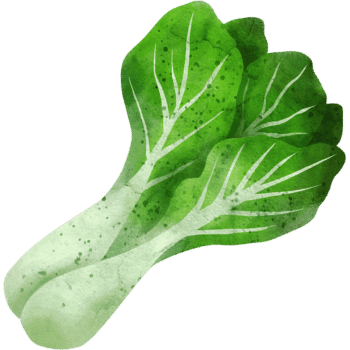
Bok Choy
Bok Choy, a mild, slightly sweet Chinese cabbage, is used in stir-fries and soups. It’s high in vitamin C, potassium, and calcium, supporting heart health and bone strength. Its tender leaves and crunchy stalks make it versatile.
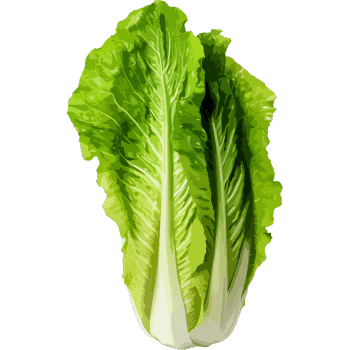
Romaine
Romaine lettuce is known for its crisp texture and mild flavor. It’s rich in vitamins A and K and often used in Caesar salads. It adds a refreshing crunch and hydrates with its high water content.

Endive
Endive has a crisp texture and slightly bitter taste, making it a favorite for salads and appetizers. Packed with fiber and vitamin K, it supports digestive and bone health. Its flavor pairs well with cheeses and vinaigrettes.

Radicchio
Radicchio is a bitter, vibrant red vegetable often used in salads and grilled dishes. High in fiber, vitamin K, and antioxidants, it aids in digestion and reduces inflammation. Its bold flavor complements citrus and cheese.

Dandelion Greens
Dandelion Greens have a bitter, peppery taste and are often sautéed or added to salads. They are packed with vitamins A, C, and K, supporting liver health and digestion. Their strong flavor adds depth to savory dishes.

Mache
Mache, or lamb’s lettuce, has a delicate, mild flavor and is often used in salads. Rich in vitamins A and C, it promotes skin health and boosts immunity. Its tender leaves provide a refreshing, subtle flavor.

Butterhead Lettuce
Butterhead Lettuce, including varieties like Bibb and Boston, has soft, tender leaves and a mildly sweet flavor. It’s rich in vitamins A and K, offering a smooth texture perfect for wraps or salads.

Beet Greens
Beet Greens, the leafy tops of beets, offer a slightly bitter taste. High in iron and vitamins A and K, they support bone and blood health. They are often sautéed or used in soups and smoothies.

Sorrel
Sorrel has a sharp, lemony flavor and is used in soups, sauces, and salads. High in vitamin C and fiber, it supports digestion and immune function. Its tangy taste makes it a unique addition to many dishes.

Malabar Spinach
Malabar Spinach has thick, succulent leaves with a mild flavor. It’s rich in vitamins A and C, supporting vision and skin health. It’s commonly used in salads, soups, or stir-fries and is notable for its distinct texture.

Amaranth Leaves
Amaranth Leaves have a mild, slightly sweet flavor. They are rich in protein, calcium, and iron, promoting bone health and muscle function. Often used in soups, stir-fries, and salads, they’re versatile in various cuisines.

Purslane
Purslane has a tangy, lemony flavor and is rich in omega-3 fatty acids. It supports heart health and is used in salads or as a garnish. Its crunchy texture and refreshing taste make it a great addition to summer dishes.
Leafy Greens Names with Pictures
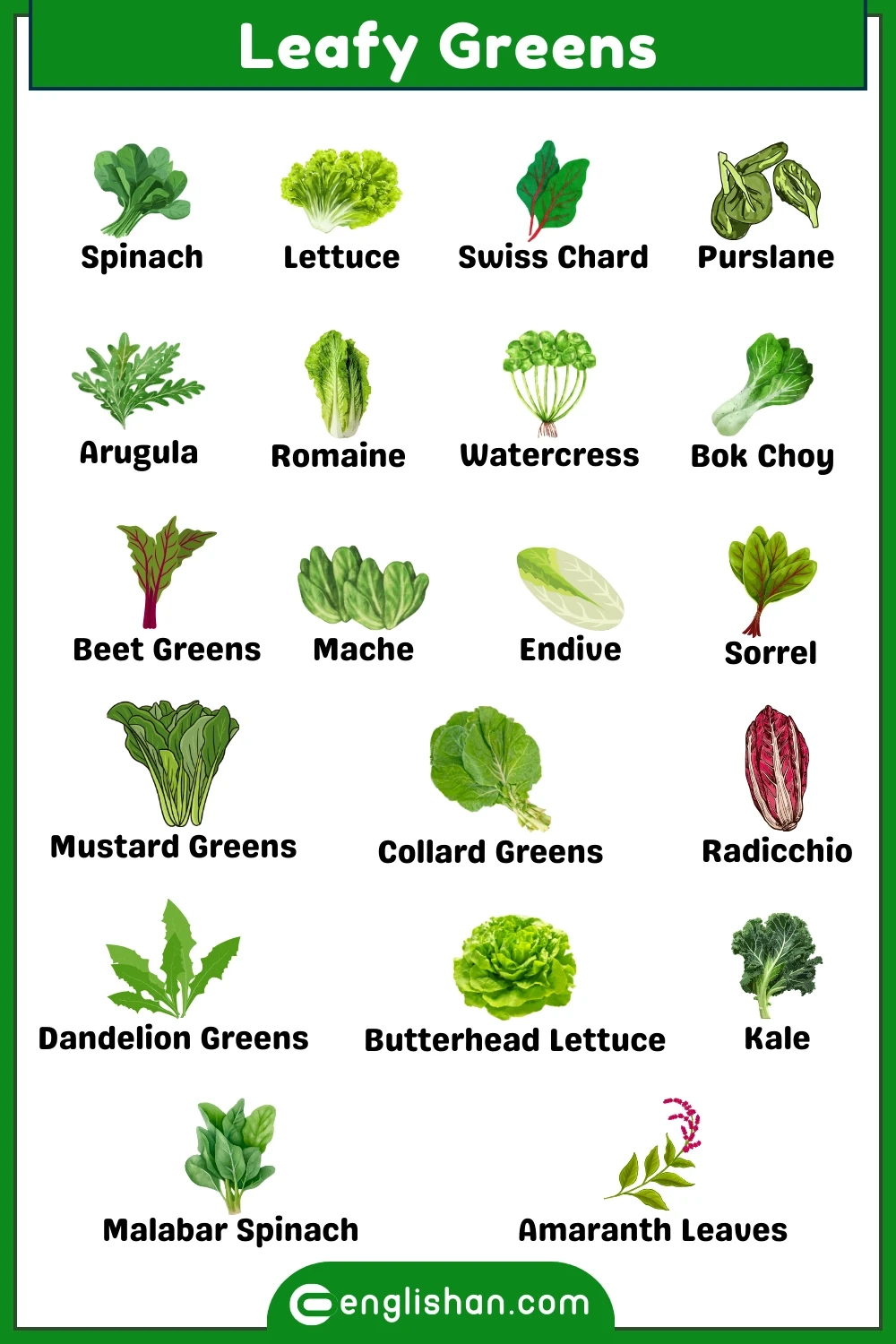
Root Vegetables

Carrot
Carrots are crunchy and slightly sweet, often eaten raw or cooked. They are rich in beta-carotene (vitamin A), supporting eye health and immune function. Carrots are versatile, used in salads, soups, and roasted dishes.
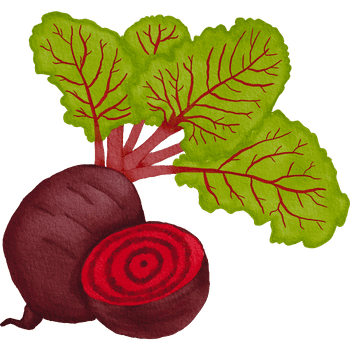
Beetroot
Beetroot has an earthy, slightly sweet flavor and is packed with fiber, folate, and antioxidants. It supports heart health and blood pressure regulation. Often roasted or juiced, it adds a rich color and nutrients to meals.

Radish
Radishes are crisp and peppery, commonly eaten raw in salads or as a garnish. They are rich in vitamin C and support digestion. Their sharp flavor adds a refreshing crunch to cold dishes.

Turnip
Turnips have a mildly sweet and earthy flavor, often used in soups, stews, and roasted dishes. Rich in vitamins C and B6, they support immune and metabolic health. Both the root and greens are edible and nutritious

Parsnip
Parsnips have a sweet, nutty flavor and are often roasted or used in soups and stews. They’re high in fiber, vitamin C, and potassium, promoting heart health and digestion. Their starchy texture makes them a great alternative to potatoes.

Sweet Potato
Sweet Potatoes are naturally sweet and starchy, rich in fiber, vitamin A, and antioxidants. They support eye health and digestion and are commonly baked, mashed, or roasted. A favorite in both sweet and savory dishes.

Potato
Potatoes are versatile and starchy, used in everything from fries to mashed potatoes. They are rich in vitamin C and potassium, supporting heart health. Potatoes can be baked, roasted, boiled, or fried, making them a global staple.

Celeriac
Celeriac, also known as celery root, has a mild, nutty flavor. It’s rich in fiber, vitamin K, and phosphorus. Often used in soups, mashed, or in salads, it supports bone health and digestion.

Daikon
Daikon is a mild-flavored radish commonly used in Asian cuisine. Low in calories and high in vitamin C, it supports immunity and digestion. It is often eaten raw, pickled, or added to soups for a crunchy texture.

Taro
Taro is starchy and nutty, commonly used in Asian and Pacific dishes. Rich in fiber and potassium, it promotes heart and digestive health. Taro is often boiled, mashed, or fried and serves as a great potato substitute.
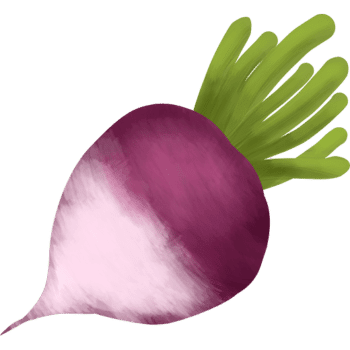
Rutabaga
Rutabaga has a mild, sweet flavor and is high in fiber and vitamin C. It supports digestion and immune health and is often roasted, mashed, or added to soups. It pairs well with other root vegetables.

Yam
Yams are starchy and sweet, high in fiber and vitamin C. They support digestion and immune function and are often used in soups, stews, or roasted. Yams are different from sweet potatoes and are popular in African and Caribbean cuisines.

Jerusalem Artichoke
Jerusalem Artichokes are nutty and sweet, rich in fiber and potassium. They promote digestive health and are often roasted or added to soups. Despite their name, they are unrelated to regular artichokes and have a potato-like texture.

Ginger
Ginger is spicy and warming, often used in teas, soups, and curries. Rich in antioxidants, it has anti-inflammatory properties that aid digestion and reduce nausea. Fresh or powdered, it adds bold flavor to dishes.

Horseradish
Horseradish is pungent and spicy, commonly used in sauces and condiments. It’s rich in vitamin C and antioxidants, supporting immune function. Its bold flavor pairs well with meats and savory dishes.

Turmeric
Turmeric is a bright yellow spice with a warm, earthy flavor. Known for its anti-inflammatory properties, it’s rich in antioxidants and supports joint and heart health. It’s often used in curries and teas for both flavor and health benefits.

Cassava
Cassava is a starchy root vegetable, commonly used to make tapioca. Rich in carbohydrates and vitamin C, it provides energy and supports immune health. Cassava is typically boiled or fried and is a staple in African and Latin American cuisines.

Jicama
Jicama is crisp and mildly sweet, often eaten raw in salads or with dips. Low in calories and high in vitamin C, it promotes hydration and immune health. Jicama adds a refreshing crunch to dishes.

Salsify
Salsify has a mild, slightly oyster-like flavor. Rich in fiber and iron, it supports digestion and blood health. Salsify is often used in soups or roasted dishes, known for its creamy texture when cooked.
Root Vegetables Names with Pictures
Cruciferous Vegetables

Broccoli
Broccoli is packed with vitamins C and K and known for its antioxidant properties. It has a slightly bitter, earthy flavor and is often steamed, roasted, or used in salads. Broccoli supports immune health and reduces inflammation.

Cauliflower
Cauliflower is mild and versatile, often roasted, mashed, or used as a low-carb substitute in dishes. Rich in vitamins C and K, it promotes bone and immune health. Its neutral flavor makes it adaptable to various cuisines.

Cabbage
Cabbage has a crunchy texture and mild flavor. It’s often used in salads, soups, or fermented dishes like sauerkraut. Rich in fiber and vitamin K, cabbage supports digestion and bone health.

Brussels Sprouts
Brussels Sprouts have a nutty, slightly bitter flavor when cooked. They are high in fiber, vitamins C and K, and promote heart health. Roasted or sautéed, they are a favorite in many holiday dishes.

Kohlrabi
Kohlrabi has a mild, sweet flavor and is related to cabbage. It’s often eaten raw in salads or roasted. Rich in vitamin C and fiber, kohlrabi supports immune function and aids digestion.
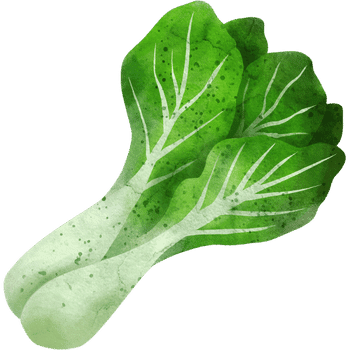
Bok Choy
Bok Choy is a mild, slightly sweet leafy vegetable, often used in stir-fries and soups. Rich in vitamin C and calcium, it supports bone and heart health. Its tender leaves and crunchy stalks make it a versatile choice in Asian cuisine.
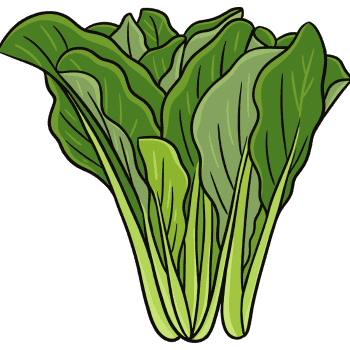
Mustard Greens
Mustard Greens are peppery and slightly bitter, rich in vitamins A, C, and K. They support immune health and digestion and are commonly sautéed or used in soups and stir-fries for added flavor.

Napa Cabbage
Napa Cabbage has a mild, sweet flavor and is commonly used in Asian dishes, especially in kimchi. Rich in fiber and vitamins C and K, it supports digestion and bone health. Its tender texture makes it ideal for stir-fries and salads.

Savoy Cabbage
Savoy Cabbage has a crinkled texture and mild, sweet flavor. It’s often used in salads, soups, or as a wrap for various fillings. Rich in vitamins C and K, it promotes immune health and bone strength.
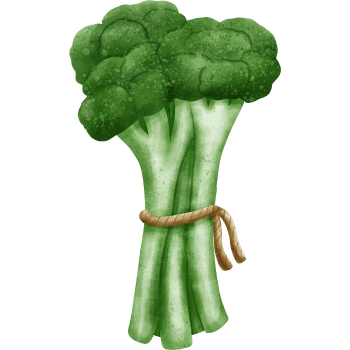
Broccolini
Broccolini is a hybrid of broccoli and Chinese kale, offering a sweeter and milder flavor than regular broccoli. Rich in vitamins C and A, it supports immune health and eye health. It’s commonly roasted, steamed, or sautéed.

Turnip Greens
Turnip Greens are slightly bitter and earthy, packed with vitamins A, C, and K. They support bone health and digestion and are often sautéed or used in soups. Their bold flavor pairs well with savory dishes.
Cruciferous Vegetables with Pictures
Marrow Vegetables

Zucchini
Zucchini is mild and slightly sweet, often used in stir-fries, salads, and baked goods. Rich in fiber and vitamin C, it supports digestion and immune health. Its versatile nature makes it ideal for grilling, roasting, or baking.

Squash
Squash has a mild, slightly sweet flavor and is available in various types, including summer and winter varieties. High in fiber and vitamins A and C, it promotes eye health and digestion. Squash is commonly roasted or used in soups.

Pumpkin
Pumpkin is slightly sweet and creamy, often used in soups, pies, and roasted dishes. It’s rich in vitamins A and C, supporting eye and immune health. Its soft texture and flavor make it perfect for fall dishes.

Cucumber
Cucumber is light, crisp, and hydrating, often eaten raw in salads or as a refreshing snack. It’s high in water content and vitamin K, supporting hydration and bone health. Its cooling effect makes it a great summer vegetable.

Spaghetti Squash
Spaghetti Squash has a mild, slightly sweet flavor. When cooked, its flesh separates into spaghetti-like strands, making it a popular low-carb alternative. Rich in fiber and vitamins A and C, it supports digestion and eye health.

Butternut Squash
Butternut Squash is sweet and nutty, often used in soups, purees, and roasted dishes. High in fiber and vitamin A, it supports eye health and digestion. Its creamy texture makes it a favorite in autumn recipes.
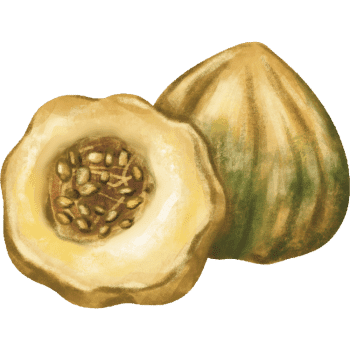
Acorn Squash
Acorn Squash is mildly sweet with a nutty flavor, often roasted or used in soups. It’s rich in fiber and vitamins A and C, promoting eye health and digestion. Its firm texture and sweet flesh make it a versatile fall vegetable.

Chayote
Chayote has a mild, crisp texture and is often used in salads, stir-fries, or steamed. It’s low in calories but rich in vitamin C and fiber, promoting immune health and digestion. Its subtle flavor pairs well with stronger spices.

Pattypan Squash
Pattypan Squash has a mild, slightly sweet flavor and is often grilled, roasted, or stuffed. It’s rich in vitamins A and C, supporting eye health and boosting the immune system. Its unique shape makes it a visually appealing dish.

Luffa
Luffa, also known as sponge gourd, has a mild flavor and fibrous texture. It’s often used in stir-fries or soups in Asian cuisines. Rich in fiber and vitamin C, it supports digestion and immune health.
Marrow Vegetables with Pictures
Allium Vegetables
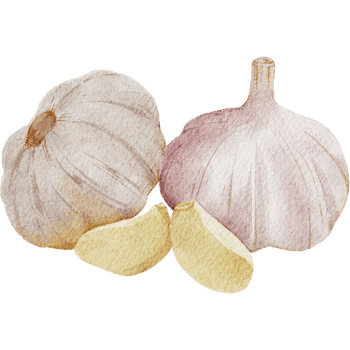
Garlic
Garlic has a strong, pungent flavor and is used in a wide range of dishes. It’s rich in sulfur compounds, which support heart health and have anti-inflammatory properties. Garlic is often used fresh, roasted, or as a seasoning.

Onion
Onions have a sharp, sweet flavor when raw and become caramelized when cooked. They’re rich in vitamins C and B6, promoting immune health and reducing inflammation. Onions are used in nearly every cuisine, from soups to stir-fries.
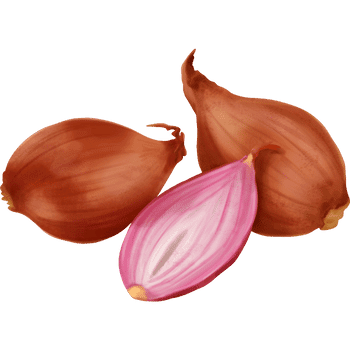
Shallot
Shallots are milder and sweeter than onions, often used in dressings, sauces, and roasted dishes. They are rich in vitamins A and C and provide antioxidant properties. Shallots add a subtle, sophisticated flavor to meals.
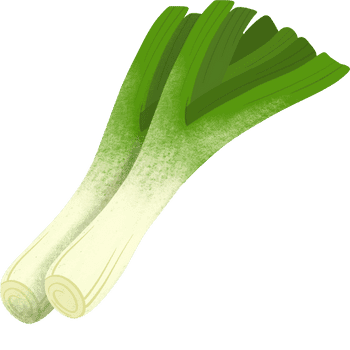
Leek
Leeks have a mild, sweet onion-like flavor and are often used in soups and stews. They’re rich in fiber, vitamins A and C, and support heart health. Their mild flavor makes them a great base for savory dishes.

Chives
Chives have a mild onion flavor and are typically used as a garnish in soups, salads, or baked dishes. Rich in vitamins A and C, they support immune health and add a subtle flavor without overpowering dishes.
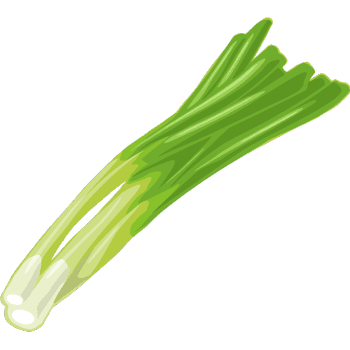
Spring Onion
Spring Onions, also known as scallions, have a mild, slightly sweet onion flavor. They are often used fresh in salads, stir-fries, and as a garnish. Rich in vitamins A and C, they promote immune and eye health.

Scallion
Scallions are similar to spring onions with a mild, crisp flavor. They’re often used in salads, stir-fries, and soups. Rich in vitamin K and C, scallions help boost immune function and add a fresh touch to dishes.
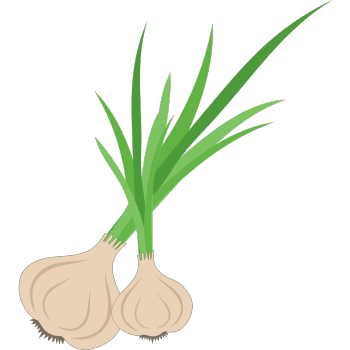
Elephant Garlic
Elephant Garlic has a milder flavor than regular garlic, with a subtle sweetness. It’s often roasted, used in sauces, or eaten raw. It’s rich in vitamins B6 and C and supports heart health and immune function.

Ramps
Ramps are wild leeks with a strong, garlicky flavor. They are rich in vitamins A and C, supporting immune health and vision. Ramps are commonly sautéed, grilled, or used in pestos for a bold, earthy flavor.
Allium Vegetables with Pictures
Names of Legumes Vegetables

Green Beans
Green beans are mild and slightly sweet. They’re often steamed or sautéed and rich in vitamins A, C, and K, promoting bone and immune health.
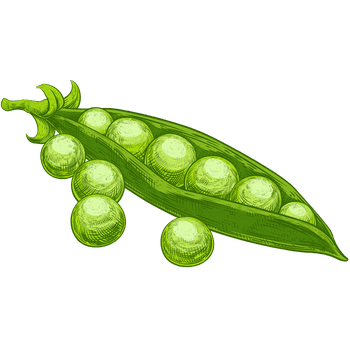
Peas
Peas are sweet and tender. Commonly used in soups or stews, they support digestive health due to their fiber and vitamin C content.

Chickpeas
Chickpeas have a nutty flavor and are often used in hummus or salads. They provide protein and fiber, promoting muscle growth and digestion.

Lentils
Lentils are earthy and slightly nutty. They cook quickly, making them an excellent source of plant-based protein, fiber, and iron.
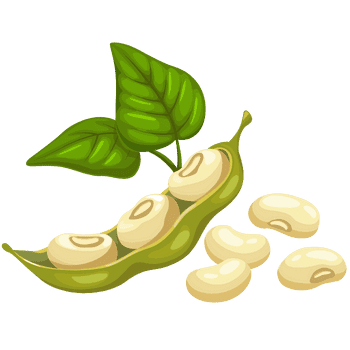
Soybeans
Soybeans are versatile. Enjoy them as edamame or in tofu and soy milk. They support muscle health and hormone balance with their high protein and amino acid content.

Black Beans
Black beans are earthy and slightly sweet. They’re rich in fiber, protein, and antioxidants, promoting heart health and improving digestion.

Kidney Beans
Kidney beans have a firm texture and mild flavor. They’re often used in chili, providing protein, fiber, and iron, which support heart health.

Pinto Beans
Pinto beans are creamy and mild. Often used in Mexican dishes, they’re packed with fiber and protein, promoting heart and digestive health.
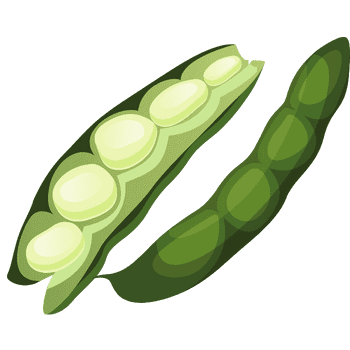
Lima Beans
Lima beans are creamy and mild. They’re rich in fiber and iron, helping with digestion and energy production.

Fava Beans
Fava beans are buttery and slightly sweet. Commonly found in Mediterranean dishes, they provide fiber, protein, and folate, promoting heart health.

Edamame
Edamame, or young soybeans, are mild and sweet. High in protein and amino acids, they support muscle growth and heart health.

Mung Beans
Mung beans are sweet and earthy. They promote digestion and immune health with their protein, fiber, and antioxidant content.

Navy Beans
Navy beans are mild and creamy. Often found in soups, they provide fiber and protein, supporting heart health and digestion.

Snow Peas
Snow peas are crisp and sweet. They’re often used in stir-fries or eaten raw, promoting eye health with their vitamin A content.

Broad Beans
Broad beans are firm and slightly nutty. High in protein and fiber, they support muscle repair and heart health.
Legumes Vegetables with Pictures
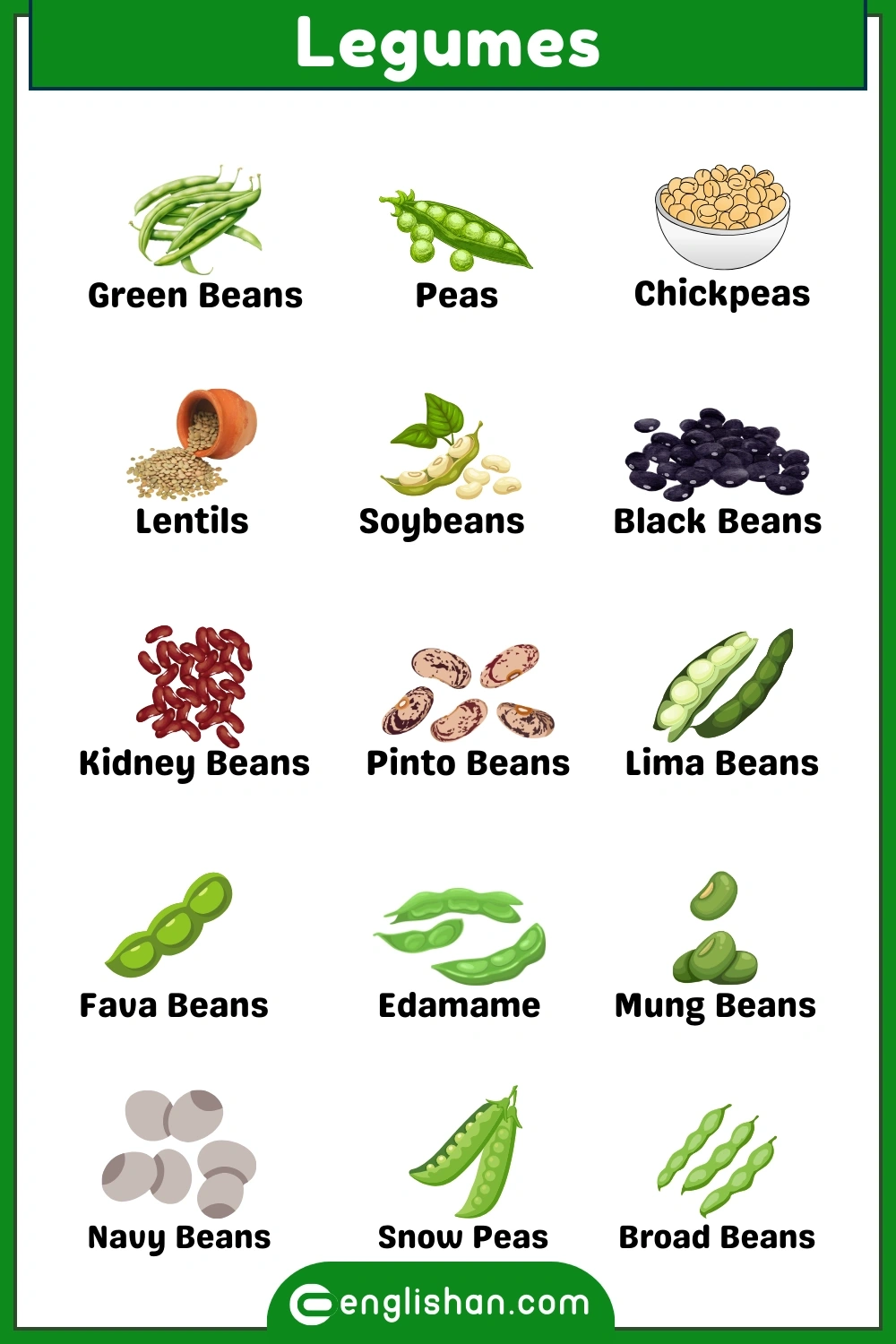
Stalk Vegetables Names
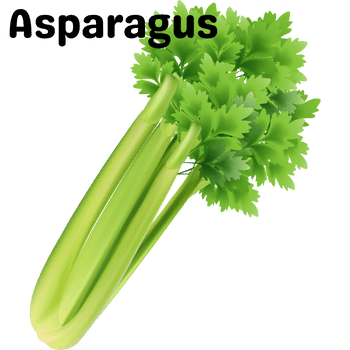
Celery
Celery has a crisp, refreshing texture and mild flavor, commonly eaten raw or used in soups and stews. It’s low in calories but rich in fiber, promoting digestion and hydration. Celery is also a popular snack with dips.

Asparagus
Asparagus has a tender, slightly bitter taste and is often grilled, steamed, or roasted. Rich in vitamins A, C, and K, it supports eye health and bone strength. Its unique flavor makes it a popular spring vegetable.
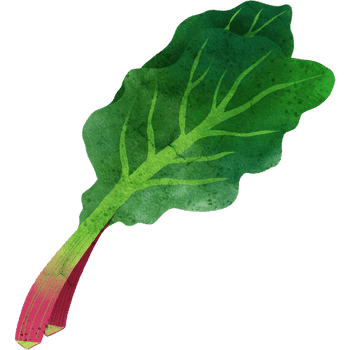
Rhubarb
Rhubarb is tart and often used in desserts, such as pies and jams. While its stalks are edible, its leaves are toxic. Rhubarb is high in fiber and vitamin C, promoting digestive health and boosting immunity.

Bamboo Shoots
Bamboo Shoots have a crisp texture and mild flavor, commonly used in Asian stir-fries and soups. Low in calories but rich in fiber, they support digestion and add a crunchy texture to many dishes.
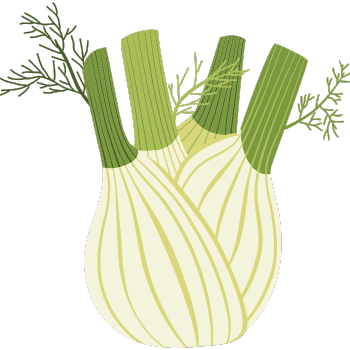
Fennel
Fennel has a mild, sweet flavor with a hint of anise and is often used in salads, soups, and roasts. Rich in fiber and vitamin C, it promotes digestion and immune health. Both the bulb and stalks are edible.

Leek
Leeks have a mild, sweet onion flavor and are often used in soups and stews. Rich in fiber, vitamins A and C, they support heart and immune health. Their tender texture makes them ideal for slow-cooking.

Kohlrabi
Kohlrabi has a mild, sweet flavor and is related to cabbage. It’s often eaten raw in salads or roasted. Rich in vitamin C and fiber, kohlrabi supports immune function and aids digestion.

Cardoon
Cardoon has a slightly bitter, artichoke-like flavor and is often used in Mediterranean dishes. High in fiber and vitamin C, it promotes digestion and immune health. It’s typically braised or used in soups.
Stalk Vegetables Names with Pictures
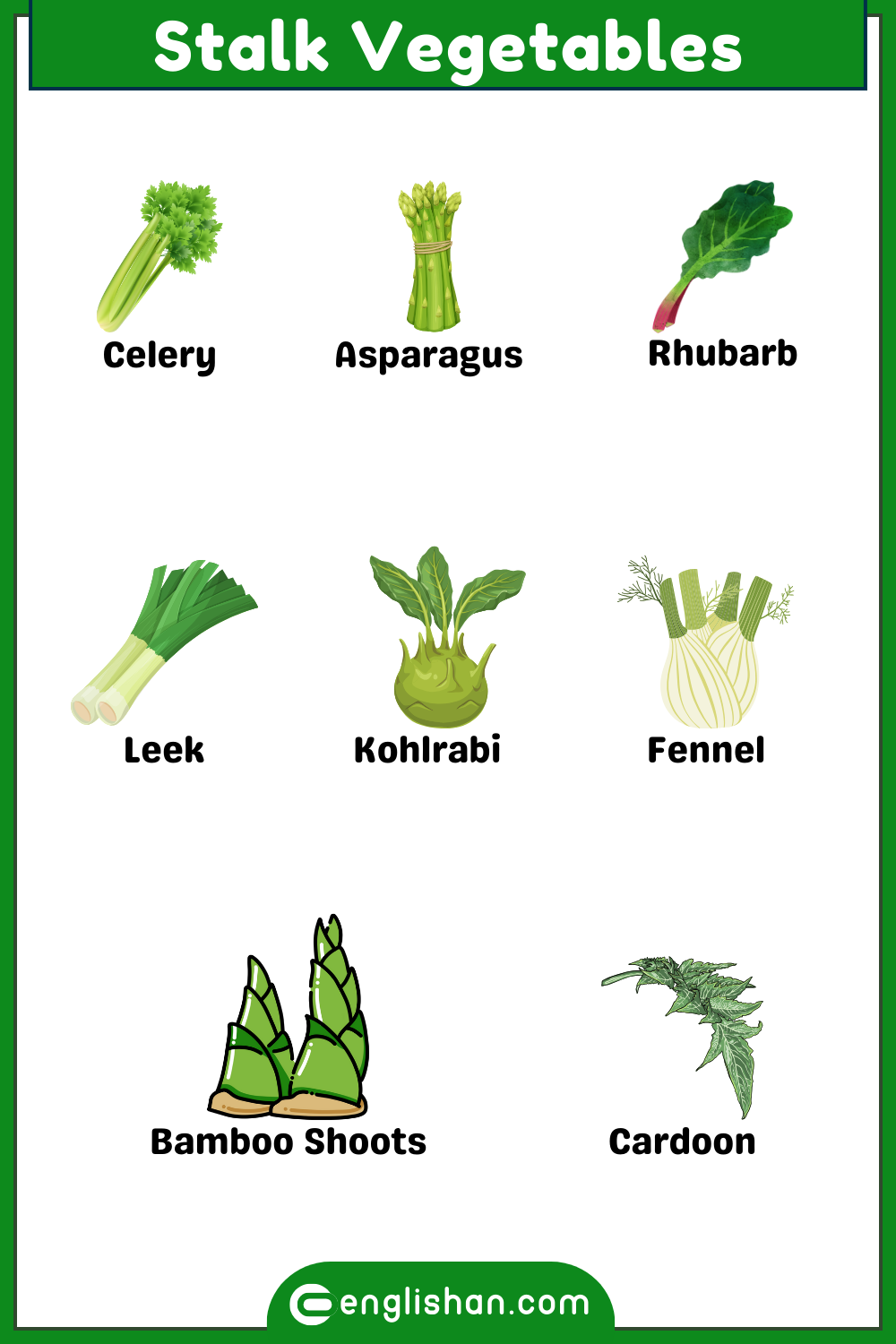
Nightshade Vegetables

Tomato
Tomatoes are juicy and slightly sweet. They’re used in salads, sauces, and soups. Rich in vitamin C, they support heart health and reduce inflammation, making them versatile.

Eggplant
Eggplants have a mild flavor and a spongy texture. Often roasted or grilled, they promote digestion and reduce inflammation due to their fiber content.

Bell Pepper
Bell Peppers are sweet and crunchy, available in red, yellow, and green. They’re high in vitamin C, supporting immune health and skin, and often used in salads.

Jalapeno
Jalapenos add heat to dishes like salsas and stir-fries. Rich in vitamin C and capsaicin, they boost metabolism and give a fiery kick.

Chili Pepper
Chili Peppers are hot and spicy. They’re rich in vitamins A and C, which promote heart health, and are commonly used in sauces and curries.

Potato
Potatoes are starchy and versatile. They can be baked, roasted, or fried and are rich in potassium, supporting heart health.

Pimento
Pimentos are sweet and mild. They’re often used in stuffing olives and Southern cuisine, adding a soft flavor.
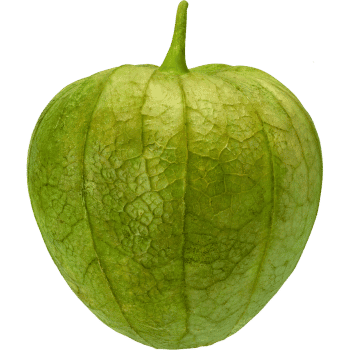
Tomatillo
Tomatillos are tangy and slightly tart. Their unique flavor pairs well with spicy dishes, especially in salsa verde.

Gooseberry
Gooseberries are tart and slightly sweet, often used in jams or pies. They’re high in vitamin C and fiber, promoting immune health.
Nightshade Vegetables with Pictures
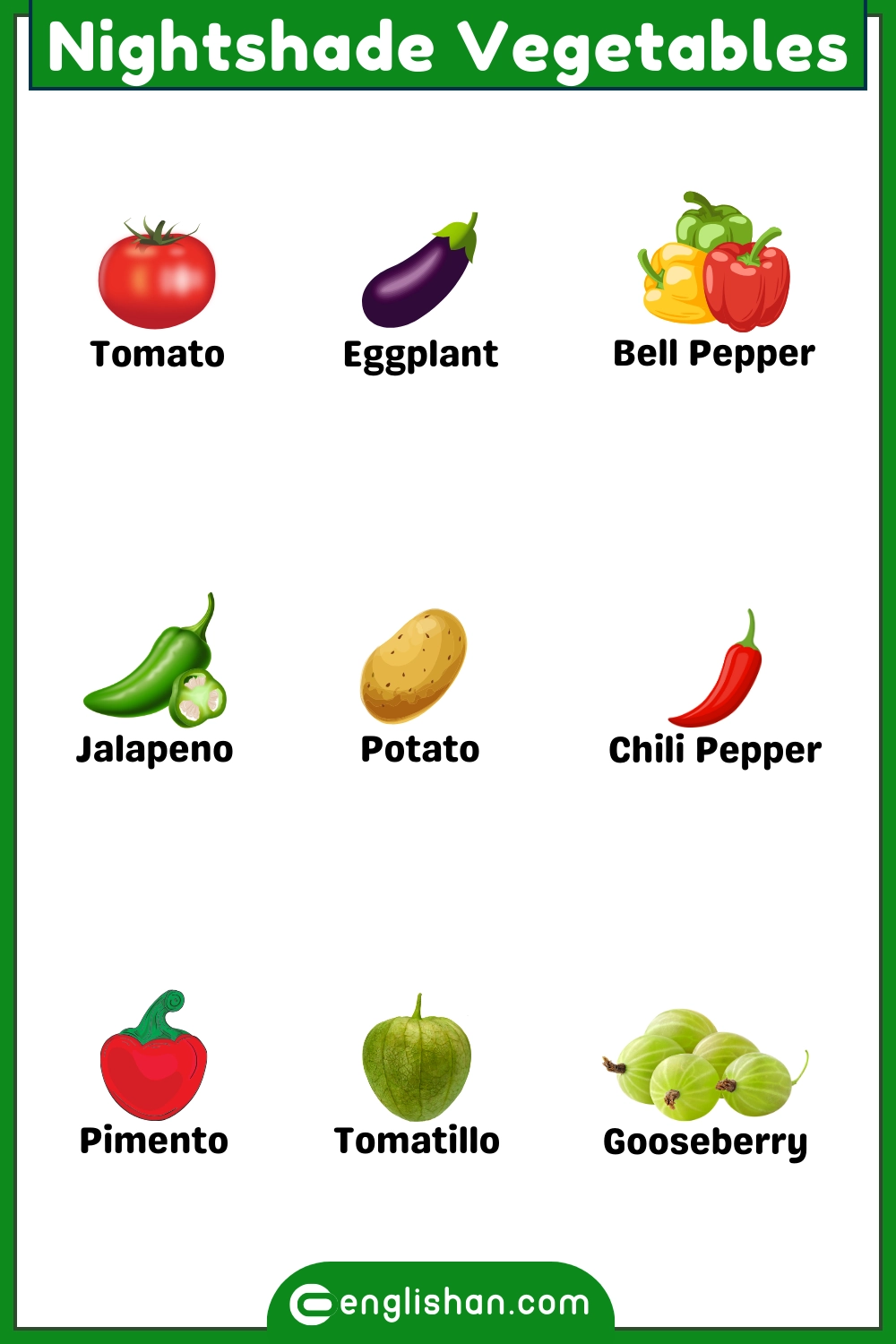
Names of Podded Vegetables

Okra
Okra has a mild flavor and slightly slimy texture when cooked. It’s often used in soups, stews, or fried. Rich in fiber, vitamin C, and folate, okra promotes digestion and supports immune health. It’s a staple in Southern cuisine.

Snow Peas
Snow Peas are sweet and crisp, often used in stir-fries or eaten raw. They are high in vitamins A, C, and K, supporting bone and immune health. Snow peas add a fresh, crunchy texture to dishes.
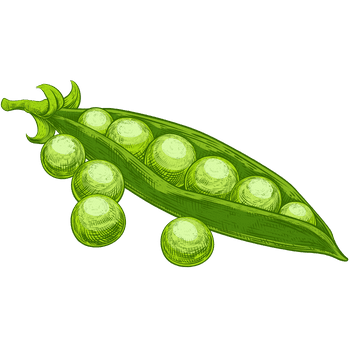
Snap Peas
Snap Peas have a sweet, crunchy texture and can be eaten raw or cooked. They are rich in fiber, vitamin C, and antioxidants, promoting digestion and heart health. Snap peas are often used in salads and stir-fries.

Green Beans
Green Beans are mild and slightly sweet, often steamed, sautéed, or added to casseroles. They are rich in vitamins A, C, and K, promoting bone and immune health. Their crisp texture makes them a popular side dish.

Sugar Snap Peas
Sugar Snap Peas are a hybrid of garden peas and snow peas, offering a sweet flavor and crunchy texture. They are rich in vitamins A, C, and K, supporting eye health and digestion. Often eaten raw or added to salads and stir-fries.
Podded Vegetables Names with Pictures
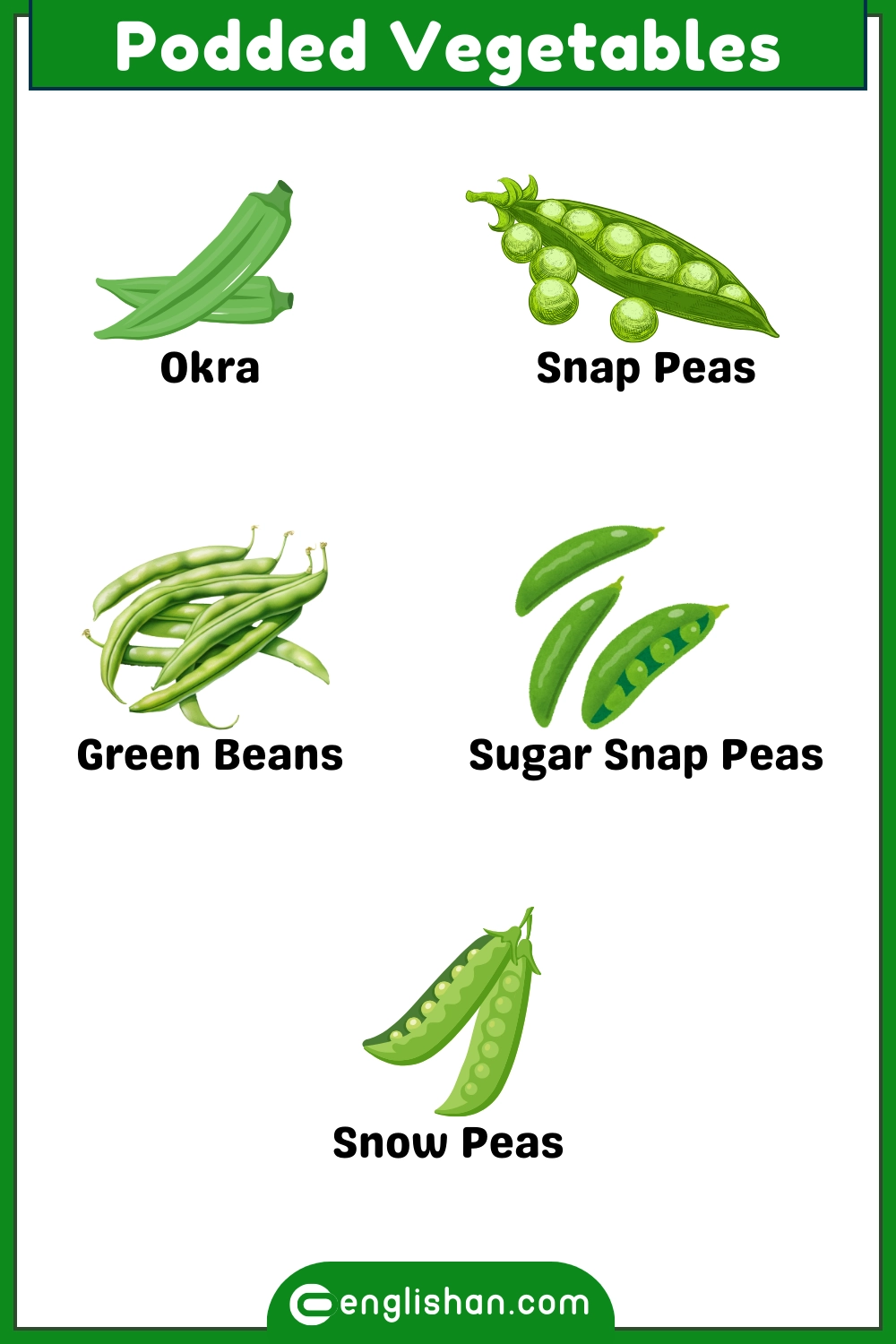
Bulb Vegetables

Onion
Onions have a sharp, sweet flavor when raw and become caramelized when cooked. They’re rich in vitamins C and B6, promoting immune health and reducing inflammation. Onions are used in nearly every cuisine, from soups to stir-fries.

Garlic
Garlic has a strong, pungent flavor and is used in a wide range of dishes. It’s rich in sulfur compounds, which support heart health and have anti-inflammatory properties. Garlic is often used fresh, roasted, or as a seasoning.

Shallot
Shallots are milder and sweeter than onions, often used in dressings, sauces, and roasted dishes. They are rich in vitamins A and C and provide antioxidant properties. Shallots add a subtle, sophisticated flavor to meals.

Fennel
Fennel has a mild, sweet flavor with a hint of anise and is often used in salads, soups, and roasts. Rich in fiber and vitamin C, it promotes digestion and immune health. Both the bulb and stalks are edible.

Leek
Leeks have a mild, sweet onion flavor and are often used in soups and stews. Rich in fiber, vitamins A and C, they support heart and immune health. Their tender texture makes them ideal for slow-cooking.

Elephant Garlic
Elephant Garlic has a milder flavor than regular garlic, with a subtle sweetness. It’s often roasted, used in sauces, or eaten raw. It’s rich in vitamins B6 and C and supports heart health and immune function.
Flower Vegetables

Broccoli
Broccoli is packed with vitamins C and K and known for its antioxidant properties. It has a slightly bitter, earthy flavor and is often steamed, roasted, or used in salads. Broccoli supports immune health and reduces inflammation.

Cauliflower
Cauliflower is mild and versatile, often roasted, mashed, or used as a low-carb substitute in dishes. Rich in vitamins C and K, it promotes bone and immune health. Its neutral flavor makes it adaptable to various cuisines.

Artichoke
Artichokes have a slightly nutty and earthy flavor and are often boiled, steamed, or grilled. They are rich in fiber and antioxidants, promoting heart health and digestion. The tender heart is the most prized part of the vegetable.

Squash Blossoms
Squash Blossoms have a delicate, mild flavor and are often stuffed, battered, and fried. Rich in vitamins A and C, they support eye and immune health. Their unique appearance makes them a favorite for gourmet dishes.
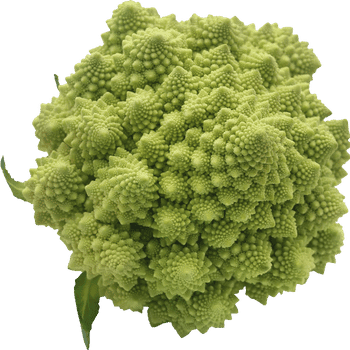
Broccoflower
Broccoflower is a hybrid of broccoli and cauliflower, offering a mild, slightly sweet flavor. Rich in vitamins C and K, it supports bone health and digestion. It can be roasted, steamed, or added to salads.
Flower Vegetables Names with Pictures
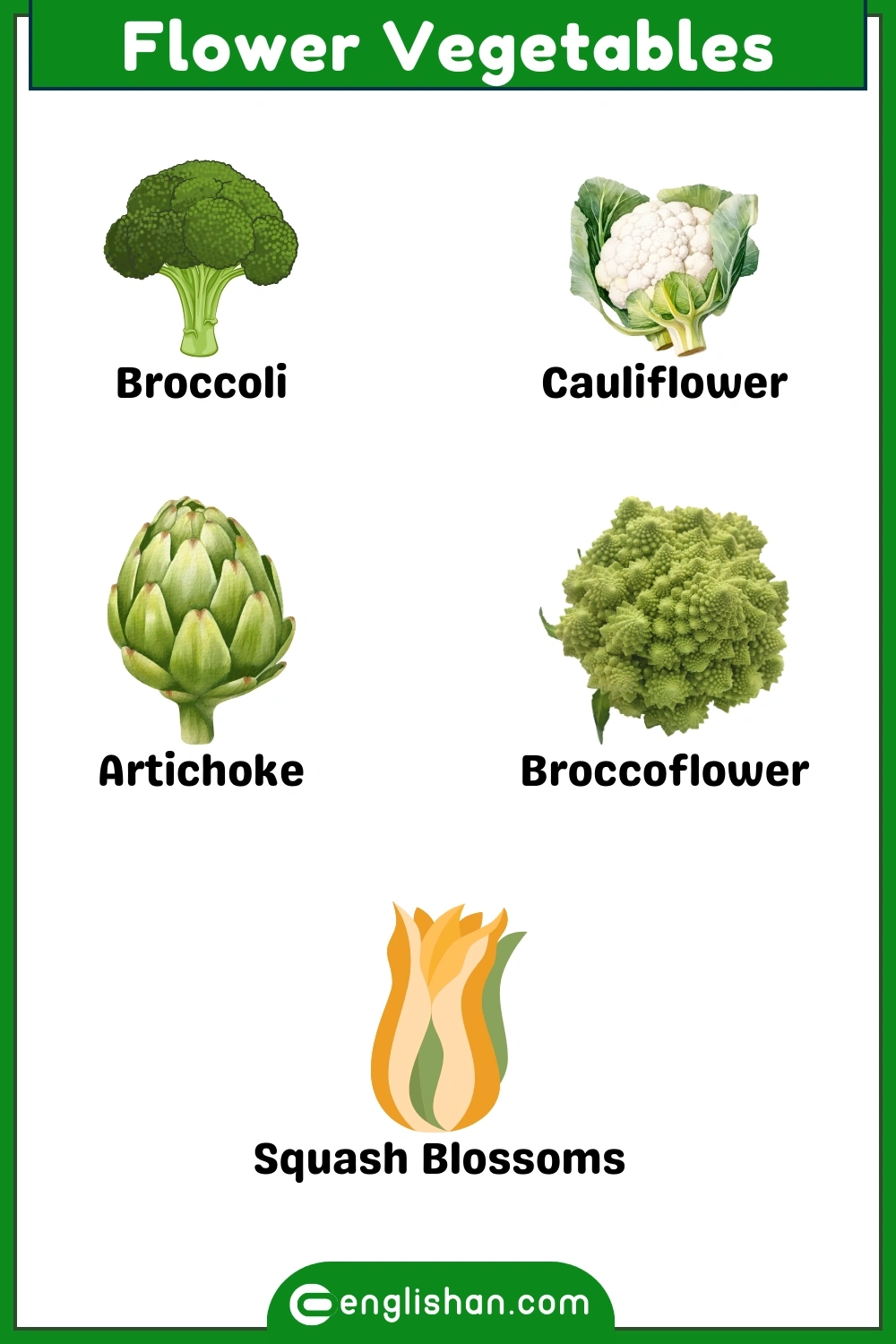
Fungi Veggies Names

Mushroom
Mushrooms have an earthy, umami flavor and are commonly used in soups, stir-fries, and pasta dishes. Rich in B vitamins and antioxidants, they promote immune health. They add depth and texture to a variety of dishes.

Shiitake
Shiitake mushrooms have a rich, savory flavor and are often used in Asian cuisine. They are high in B vitamins and have anti-inflammatory properties, supporting heart health. Shiitakes are typically sautéed or used in soups and stir-fries.

Portobello
Portobello mushrooms are large and meaty, often used as a vegetarian substitute for meat. Rich in B vitamins and fiber, they support energy production and digestion. Portobellos are often grilled, roasted, or stuffed.

Oyster Mushroom
Oyster Mushrooms have a delicate, mild flavor and are often sautéed or used in soups. They are rich in fiber, B vitamins, and antioxidants, promoting immune health and reducing inflammation.

Button Mushroom
Button Mushrooms are mild and versatile, often used in soups, salads, and pizzas. They are rich in B vitamins and antioxidants, supporting brain and immune health. A popular variety that adapts well to various dishes.

Enoki
Enoki Mushrooms are crisp and slightly sweet, often used in soups, salads, and stir-fries. Rich in fiber and B vitamins, they support digestive and immune health. Their long, thin stems add a unique texture to dishes.

Cremini
Cremini Mushrooms have a mild, earthy flavor and are often used in soups, stews, and sautéed dishes. They are high in B vitamins and antioxidants, promoting brain health and immune function.

Maitake
Maitake Mushrooms, also known as hen of the woods, have a rich, woodsy flavor. They are rich in beta-glucans, which support immune health and reduce inflammation. Often sautéed or used in soups and sauces.

Morel
Morel Mushrooms are prized for their earthy, nutty flavor and are often used in gourmet dishes. Rich in antioxidants and vitamins, they support immune health. Morels are typically sautéed or used in sauces and pastas.

Chanterelle
Chanterelle Mushrooms have a delicate, slightly fruity flavor and are often used in gourmet cooking. Rich in vitamins and antioxidants, they support immune and brain health. Chanterelles are typically sautéed or used in sauces.

Porcini
Porcini Mushrooms have a rich, earthy flavor and are often used in risottos and soups. High in protein and fiber, they promote digestion and muscle repair. Porcinis a
Fungi Veggies Names with Pictures
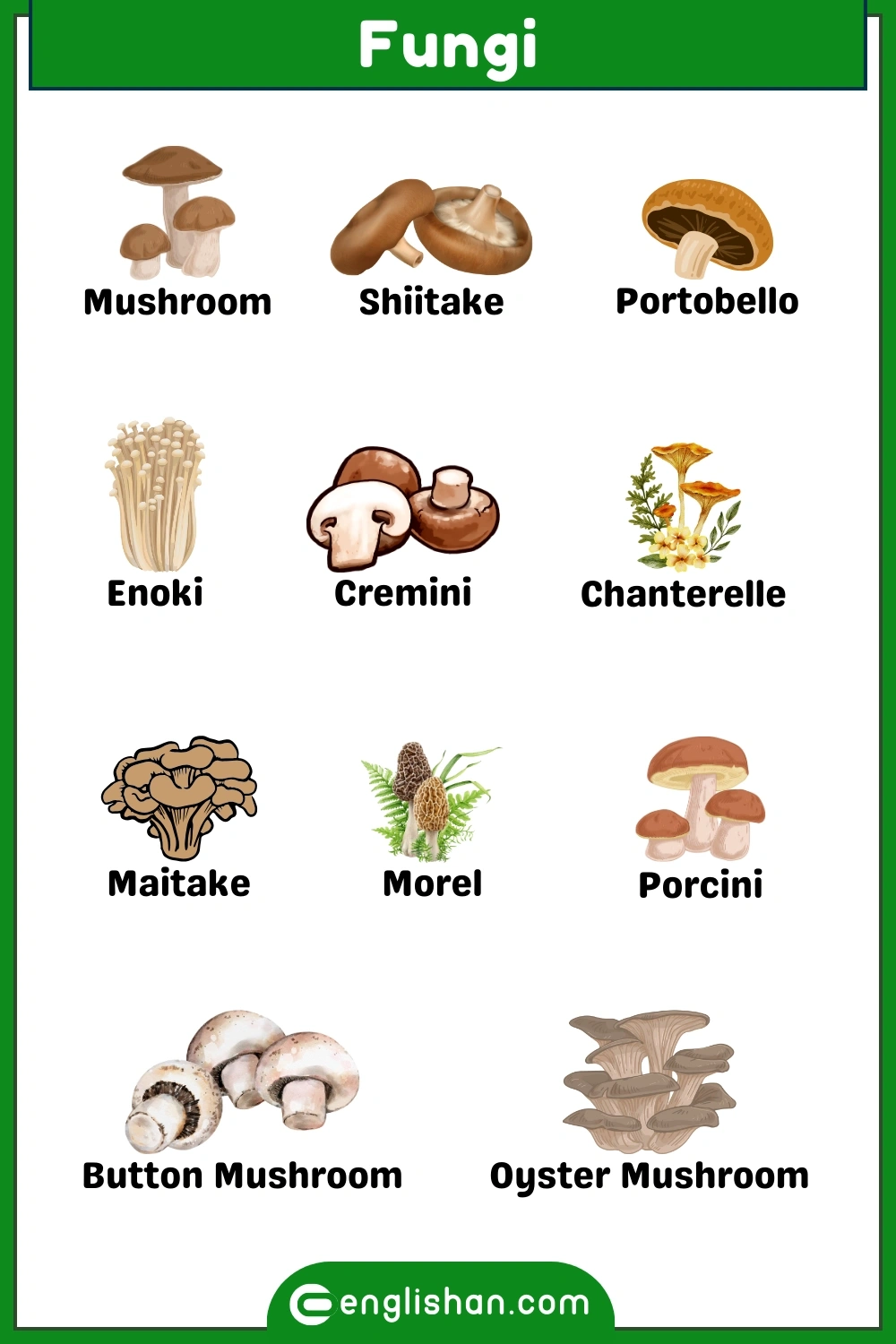
Names of All Vegetables – A Quick Glance

FAQs
Here are 20 vegetable names:
1. Carrot
2. Potato
3. Broccoli
4. Spinach
5. Cucumber
6. Lettuce
7. Tomato
8. Onion
9. Peas
10. Cauliflower
11. Bell pepper
12. Zucchini
13. Kale
14. Eggplant
15. Garlic
16. Cabbage
17. Corn
18. Radish
19. Sweet potato
20. Asparagus
Here are 10 vegetable names:
1. Carrot
2. Potato
3. Broccoli
4. Spinach
5. Cucumber
6. Lettuce
7. Onion
8. Peas
9. Cauliflower
10. Eggplant
Here are some common vegetable names in English along with their translations in Urdu:
1. Carrot – گاجر (Gajar)
2. Potato – آلو (Aloo)
3. Onion – پیاز (Piaz)
4. Tomato – ٹماٹر (Tamatar)
5. Cucumber – کھیرہ (Kheera)
6. Spinach – پالک (Paalak)
7. Broccoli – بروکلی (Broccoli)
8. Cauliflower – گوبھی (Gobhi)
9. Bell pepper – شملہ مرچ (Shimla Mirch)
10. Peas – مٹر (Matar)
11. Garlic – لہسن (Lehsan)
12. Radish – مولی (Mooli)
13. Lettuce – سلاد پتہ (Salad Patta)
14. Kale – کیل (Kale)
15. Eggplant – بیگن (Baingan)
These are just a few examples of vegetables and their names in Urdu.
Here are five vegetables:
1. Carrot
2. Potato
3. Spinach
4. Onion
5. Cucumber
You May Also Like
